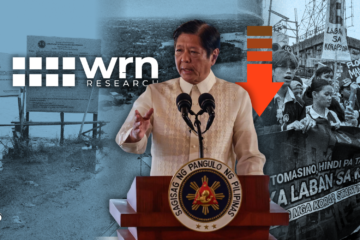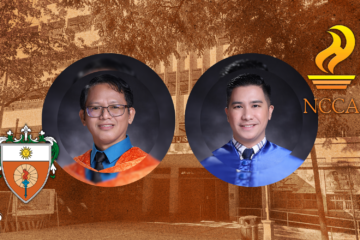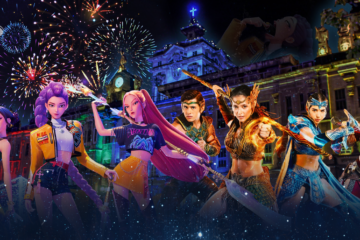by JANIS JOPLIN MOISES

THE WORKS of Jose V. Blanco depicts the resiliency and faith of Filipinos at times of crisis through the cultural and historical milieu of the Philippines—which serves to inspire people to remain resilient amid a global pandemic, a Thomasian professor said during a presentation at the 14th De La Salle (DLSU) Arts Congress.
Literature professor Felicidad Galang-Pereña presented her paper titled “Faith and Fiesta: Revisiting Jose V. Blanco’s Genre Paintings in the Time of Pandemic” which aims to revisit the artworks of Blanco to emphasize the role of visual arts during a pandemic.
“Blanco imbued his paintings with the dual elements of faith and fiesta,” Galang-Pereña said, which serves to connect Filipinos to their roots and remind them of their religious devotion as they cope with the COVID-19 pandemic.
Blanco, also known by his folk name ‘Pitok Bunggan,’ was a painter and a National Artist nominee from Angono, Rizal who was best known for his murals of the Angono life. He died at 76 in August 2008.
He and his family of visual artists built the Blanco Family Museum in 1980 after their family exhibit at the National Museum in 1978 was successful. The museum is themed with Pitok’s historic and festive paintings, as well as his family’s artworks.
One of his famous works was the “Burning of Angono” which was said to be among Blanco’s favorite and biggest paintings, according to his son Michael Blanco. The painting portrayed the people of Angono driven out of their town as it was being burned down by the Japanese soldiers.
The mural depicted the “exodus” of the people of Angono to the lake of Laguna de Bai away from the Japanese, as a woman prays for help while a person is holding a rosary, Galang-Pereña said.
Another was “Angelus,” a portrait of a family praying. It was said in the presentation that praying the Angelus was part of Blanco’s persona ever since he was a child and that being devotional should be embedded in a person’s life upon separation from their parents.
Similar to the “Last Supper,” Blanco used Filipinos from Angono as his subject for “Huling Salu-salo” and was set in a barrio and a lake.
When asked who among the subjects is Jesus, Blanco said anyone in the painting could be Jesus, as being the son of God is not perceived physically, but by the heart of a person.
Blanco’s other works were “The Entombment,” the burial of Christ as a tradition of Marinduquenos, “Carabao Festival,” the feast of the patron saint of farmers Isidore the Laborer, and “Angono Fisherman’s Festival,” the feast of the patron saint of farmers Saint Clementine.
Blanco manifested the theme of fiesta as his subjects deal with celebrations of Angono traditions — capturing a joyous atmosphere and the festive spirit of the town. His works also portray the theme of faith as he was raised in a devoted family that molded his religious perspective.
The ritual of Angelus and Sunday mass was essential to his family’s life as it supported them through the ups and downs of life and fortune, according to Galang-Pereña.
The DLSU Arts Congress is an annual gathering of educators, students, and artists of diverse disciplines to present and celebrate their creative works and research in Philippine art and culture.
This year’s theme is “Pandemic, Resilience and the Arts” which aims to reflect on the impacts, explore the changes, and showcase artworks that have been inspired by experiences from the pandemic.
The Arts Congress was held on March 8 to 12 via online platforms. F



